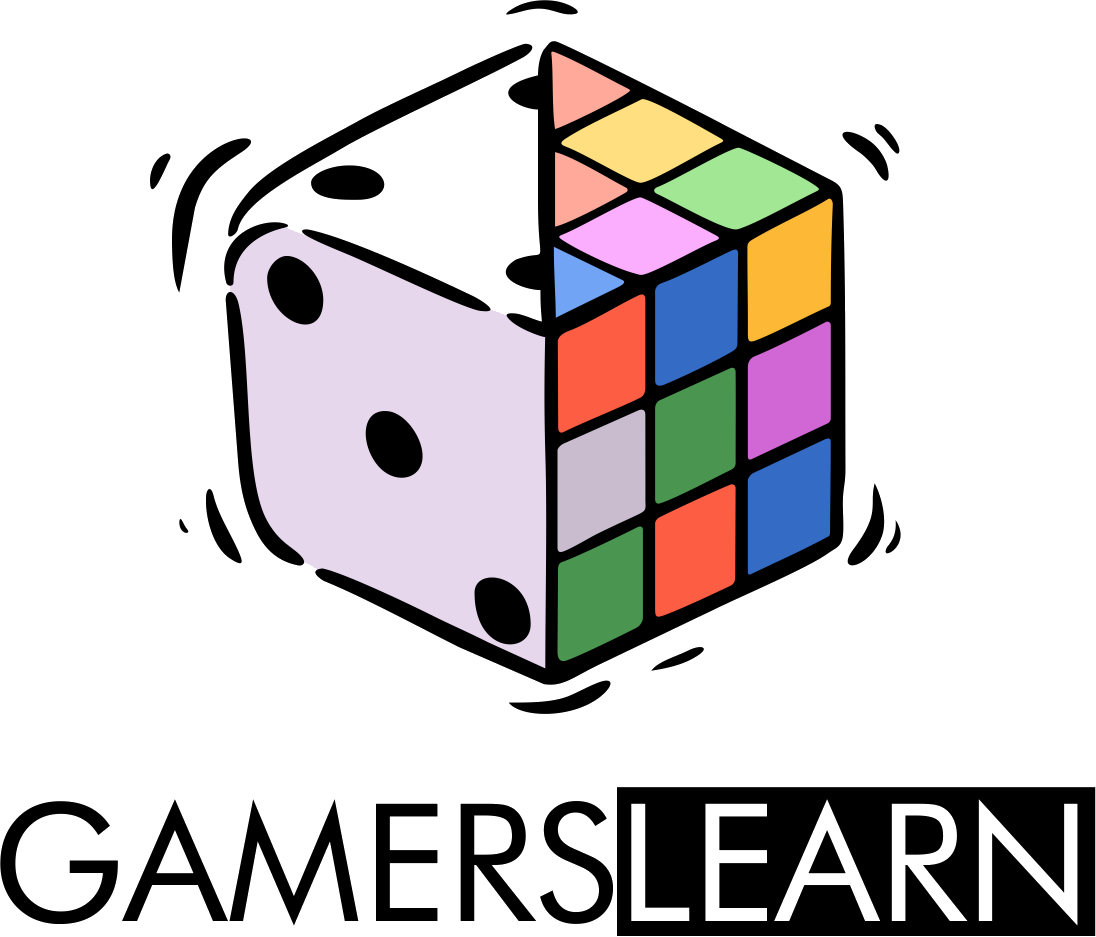Competition in Educational and Commercial Video Games
“The better resume. The better CV. The best audition. It’s no surprise then, that whether intrinsically or extrinsically, competition breeds motivation.”
We compete every day whether we like it or not. We compete for several reasons:
The job.
The raise or promotion.
The school or program of our choice.
Whether we notice it or not, we are often trying to qualify ourselves to obtain a better position in life. We do so by attempting to prove we are the best amongst others with similar qualifications (especially in the workforce). The better resume. The better CV. The best audition. It’s no surprise then, that whether intrinsically or extrinsically, competition breeds motivation.
“We’ve all competed before, and that feeling of accomplishment, being the best, or being extremely competent instills in us a sense of confidence and motivation.”
Researchers Ryan & Deci (2000) developed a self-determination theory (SDT) model which proposes that autonomy, competence, and relatedness are not only psychological needs for humans, but combined can trigger motivation and engagement. In fact, the idea that competition can be one of the primary causes of motivation and engagement can be found in both math education research (Middleton, Jansen, & Goldin, 2017) as well as research on video games (Yee, 2006).
In video games, competence often manifests itself within the competitive and multiplayer elements. Regional and worldwide rankings for various competitive games litter the internet. For example, check out the latest standings for the Capcom Pro Tour, a league with a number of tournaments and competitive players for Capcom’s flagship title, Street Fighter. We’ve all competed before, and that feeling of accomplishment, being the best, or being competent can instill in us a sense of confidence and motivation. In modern multiplayer Esports (or electronic sports) games such as Fortnite, League of Legends, and Dota 2 (Epic Games, 2017; Riot Games, 2009; Valve Corporation, 2013), players often compete for hundreds of thousands or even millions of dollars. A Google search for the 2021 Dota 2 International’s prize pool (Dota 2’s annual flagship tournament) will show almost $40 million.
It’s not necessary to dig deep into the world of Esports. The above video shows that even in single player games like Nintendo’s Super Mario Odyssey (Nintendo, 2017), there are some competitive-lite elements in the game. In Super Mario Odyssey, there is a leader board for “Hide It” — a mini-game where players seek out balloons hidden by players from all over the world. Fighting games like Under Night In Birth (French Bread, 2018) are obvious — you character is literally fighting your opponent’s.
Competition in Educational Math Games
But what about math game apps? Are there any that instill a sense of competition (or even collaboration)? The answer is that there just aren’t many. There are very few digital math games that have direct competitive features built into them.
At Arcademics you can find a daily top scores and rankings for browser based math games such as Multiplication Grand Prix, a multiplayer multiplication game that speeds up or slows down each competitor’s car based on whether or not they get their multiplication facts correct. It’s a fun way for kids to practice multiplication, and the site features plenty of other games for basic operations. And while this isn’t a video game, there’s the factor game.
Some ideas can be found from Math Agent (Human Factored Design, 2014), a card game that allows you to use addition, multiplication and prime numbers to attack the opponent as well as defend. However, the game has not been updated in an extremely long time.
Teachers have seen students develop an almost instantaneous desire to engage themselves in classwork once the classroom atmosphere becomes one of competition or proving themselves. Can we use this feature to develop educational games that engage students conceptually in mathematics? How engaging would a competitive digital math game be that goes beyond procedures and facts or at least incorporates critical thinking?
References
Middleton, J. A., Jansen, A., & Goldin, G. A. (2017). The complexities of mathematical engagement: Motivation, affect, and social interactions. Compendium for research in mathematics education, 667-699.
Ryan, R. M., & Deci, E. L. (2000). Self-determination theory and the facilitation of intrinsic motivation, social development, and well-being. American Psychologist, 55(1), 68–78.
Yee, N. (2006). Motivations for play in online games. CyberPsychology & behavior, 9(6), 772-775.





